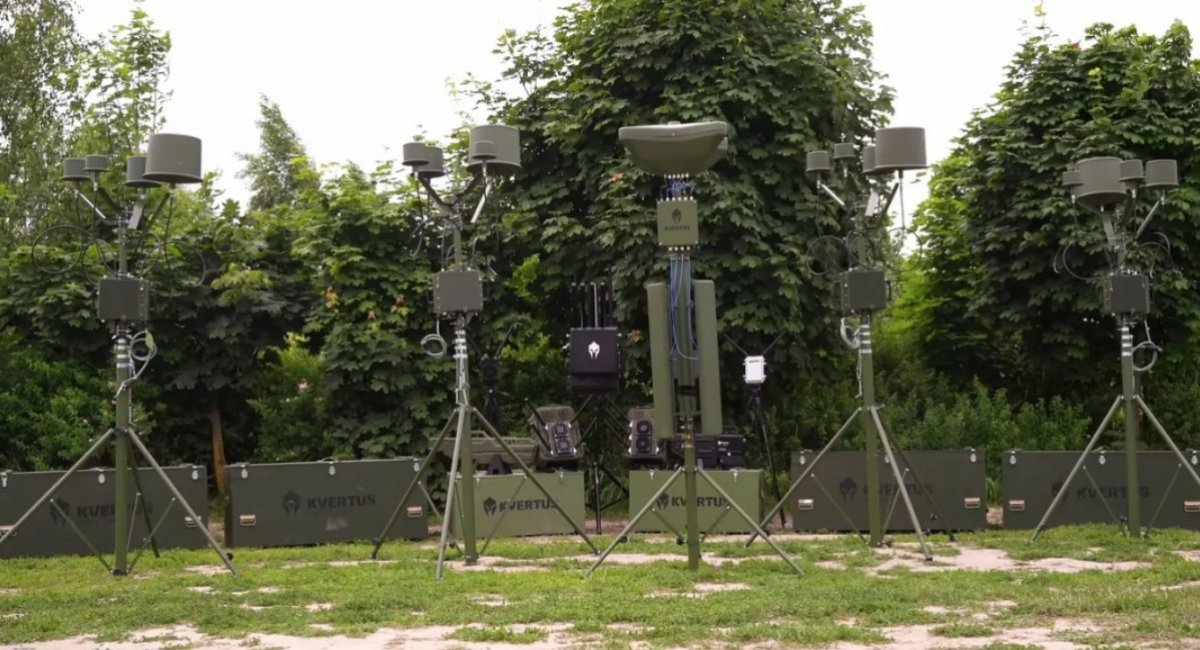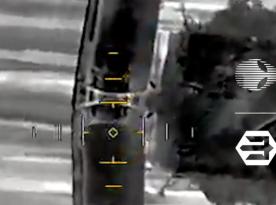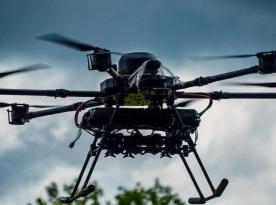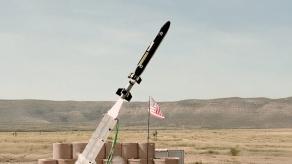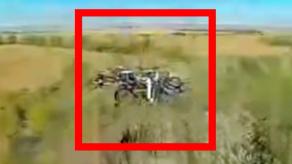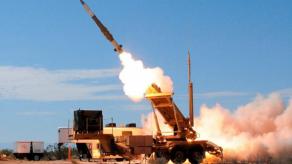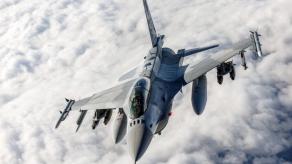First Atlas electronic warfare systems have arrived at the Separate Artillery Brigade, National Guard of Ukraine, as confirmed by the brigade's press service, Defense Express reports. The systems were developed by Ukrainian company Kvertus, part of the NAUDI military-industrial association, and it's described as being powered by "smart algorithms" that enable real-time, autonomous decision-making.
Atlas is presented as a next-generation networked solution capable of integrating hundreds or even thousands of EW units to put up a unified "anti-drone wall" against enemy FPV drones. According to the manufacturer, the system introduces a new level of coordination in electronic warfare, allowing forces not just to react to threats but to act preemptively.
Read more: Kvertus Presents New Atlas Project Capable of Shielding 1300 km Frontline from Drones
Based on publicly available data, Atlas combines two technologies already in use at the front: the MS Azimuth electronic intelligence (ELINT) station and the LTEJ Mirage smart jammer. Both systems have proven reliable under real combat conditions, not just in lab tests. For more details and specs, visit our dedicated article on Atlas.
Following the completion of operator training, Atlas will be deployed along the Pokrovsk operational axis, where it will be used to protect artillery positions. According to Focus magazine, the configuration includes four Mirage stations and one Azimuth ELINT unit.
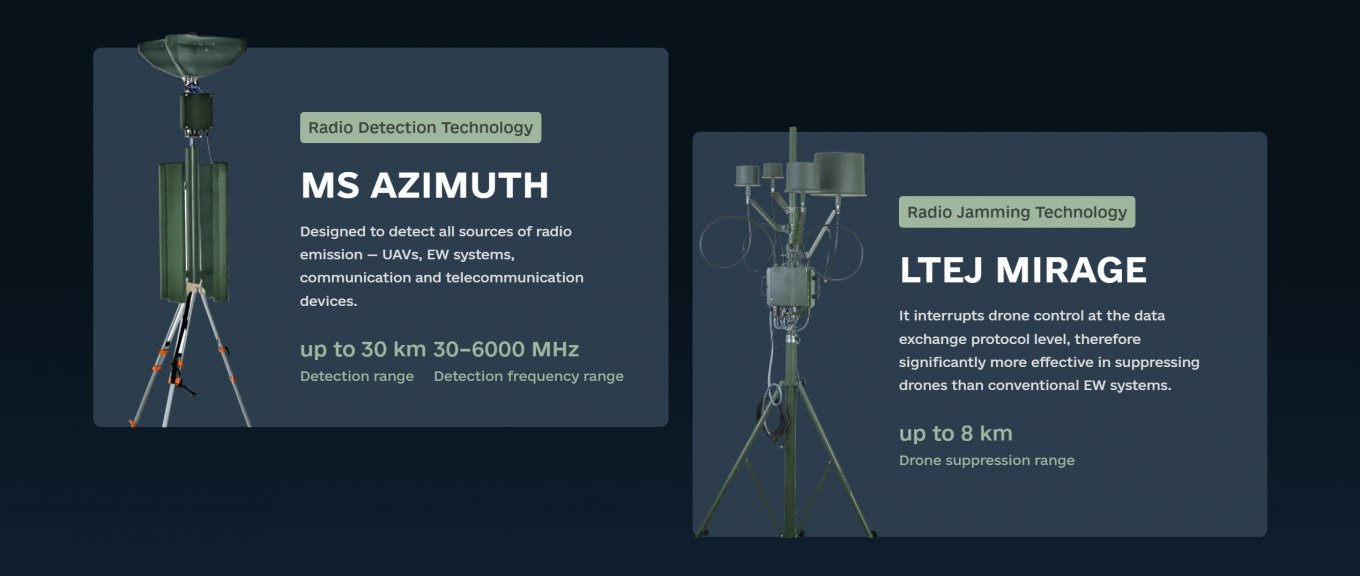
The system functions by having the Azimuth station detect drones within a 30 km radius, identifying their direction and operating frequencies. Based on this data, operators can then configure the Mirage jammers to suppress those frequencies for effectively thwarting hostile UAV operations.
Worth noting, this approach is effective not only for fighting the enemy but also helps prevent incidents of friendly fire. Operators can manage the system remotely from safe locations, applying countermeasures as needed.
The artillery units of the National Guard are planning to install the system in fully equipped pre-designated firing positions to protect self-propelled guns, which — despite their mobility — are becoming increasingly vulnerable to drone attacks.
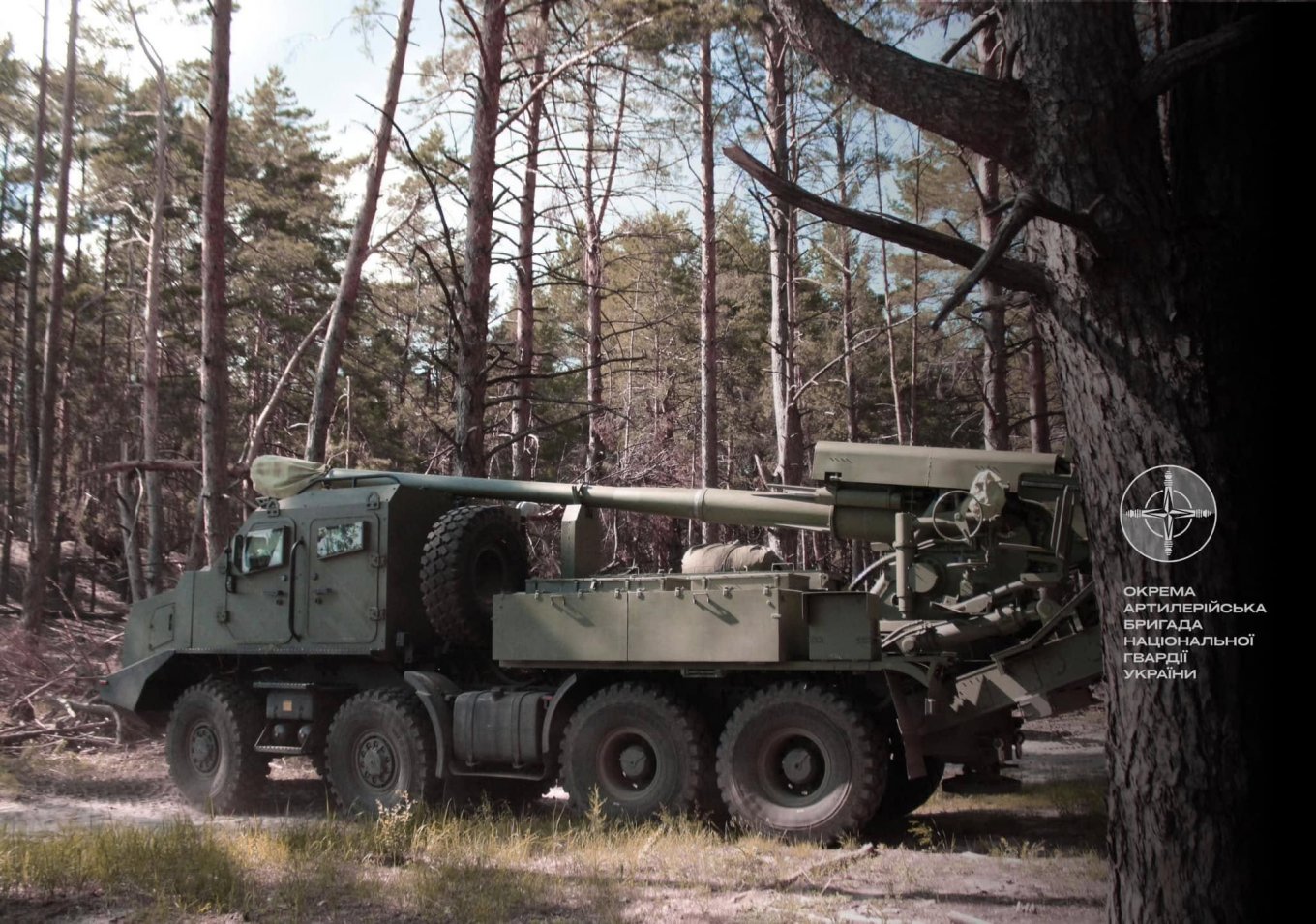
Overall, Atlas reflects a systematic shift toward a more scalable and coordinated approach to countering russian UAV threats, particularly by integrating multiple EW tools into a unified network. This makes it easier to widen the system's area coverage by adding more tools into the system.
Kvertus ultimately aims to extend Atlas coverage across 1,300 km of the frontline.
Read more: Estonia to Deploy a "Drone Wall," But Is it Enough in Modern Realities?




